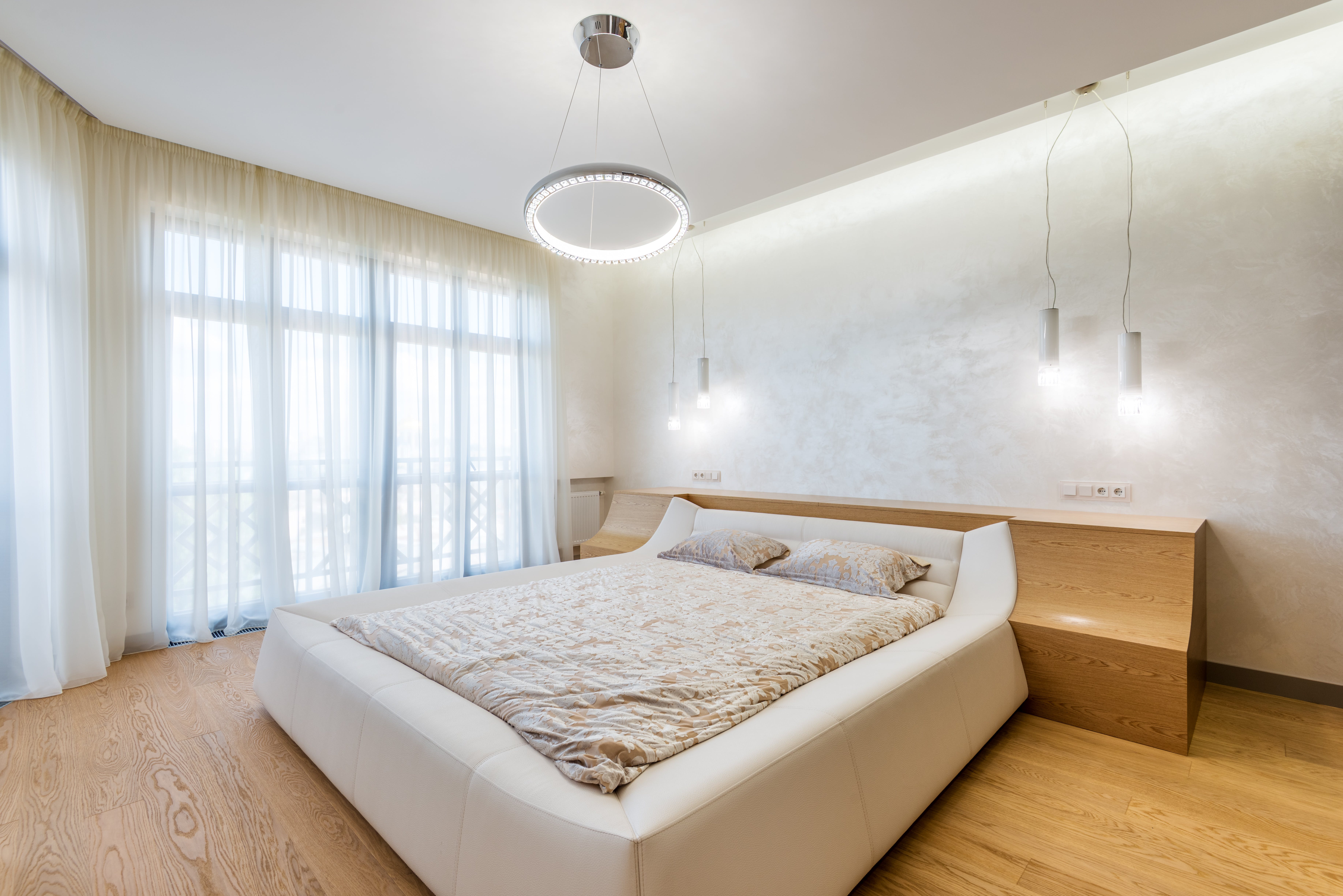
The COVID-19 pandemic has highlighted the need for effective and safe ways to disinfect indoor spaces and prevent the spread of airborne viruses. While conventional ultraviolet (UV) light has been used for decades to kill microbes, it can also harm human skin and eyes. However, a new type of UV light, called far-UVC, may offer a solution. Far-UVC light has a shorter wavelength than conventional UV light, and it cannot penetrate the outer layer of human tissue. This means it can inactivate viruses without harming people. In this article, we will explore the science behind far-UVC light and how it could be used to prevent future pandemics.
Airborne infections, such as COVID-19 and influenza, pose a serious threat to public health, especially in indoor settings where people gather. Ventilation and filtration systems can help reduce the risk of transmission, but they are often costly, noisy, and inefficient. A new technology that uses ultraviolet (UV) light to disinfect the air may offer a better solution.
UV light is a form of electromagnetic radiation that can destroy microbes, including viruses and bacteria, by damaging their DNA. However, not all UV light is the same. Conventional germicidal UV (GUV) lamps emit UV light at a wavelength of around 254 nanometres (nm), which is effective at killing pathogens, but also harmful to human skin and eyes. Therefore, GUV lamps can only be used in unoccupied spaces or with protective shields.
A new type of UV light, called far-UVC light has a shorter wavelength of around 222 nm, which is also lethal to microbes but cannot penetrate living cells. This means that far-UVC light may be safe for human exposure, while still sanitizing the air. Several studies have shown that far-UVC light can rapidly inactivate airborne viruses, bacteria, and fungi, making indoor air as safe as outdoors.
Far-UVC light can be produced by LED lamps, which are energy-efficient, durable, and easy to install. LED lamps can also be tuned to emit different wavelengths of UV light, depending on the application. For example, some researchers have suggested that a combination of far-UVC and near-UVC light (around 280 nm) may be more effective at killing SARS-CoV-2, the virus that causes COVID-19.
However, far-UVC light is still a new and emerging technology and more research is needed to confirm its safety and efficacy. Some potential challenges include the regulation of far-UVC devices, the measurement of far-UVC doses, and the possible generation of ozone and other pollutants by far-UVC light. Therefore, it is advisable to follow other preventive measures, such as wearing masks, washing hands, and avoiding crowded places, to reduce the risk of airborne infections.
Far-UVC light may be a promising tool to fight pandemics and improve indoor air quality. By using LED lamps that emit far-UVC light, we may be able to protect ourselves and others from harmful pathogens, without harming ourselves or the environment.
https://pierlite.com.au/australias-first-air-purifying-led-light-fitting/